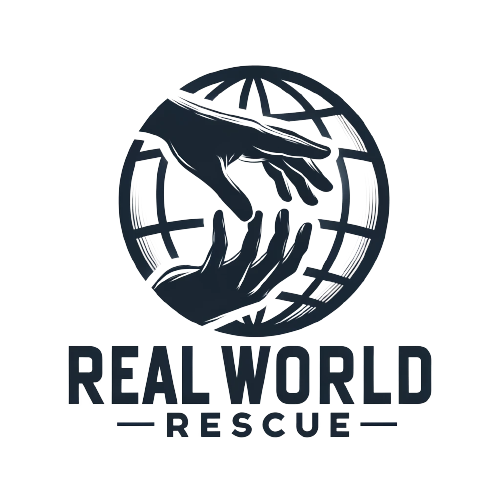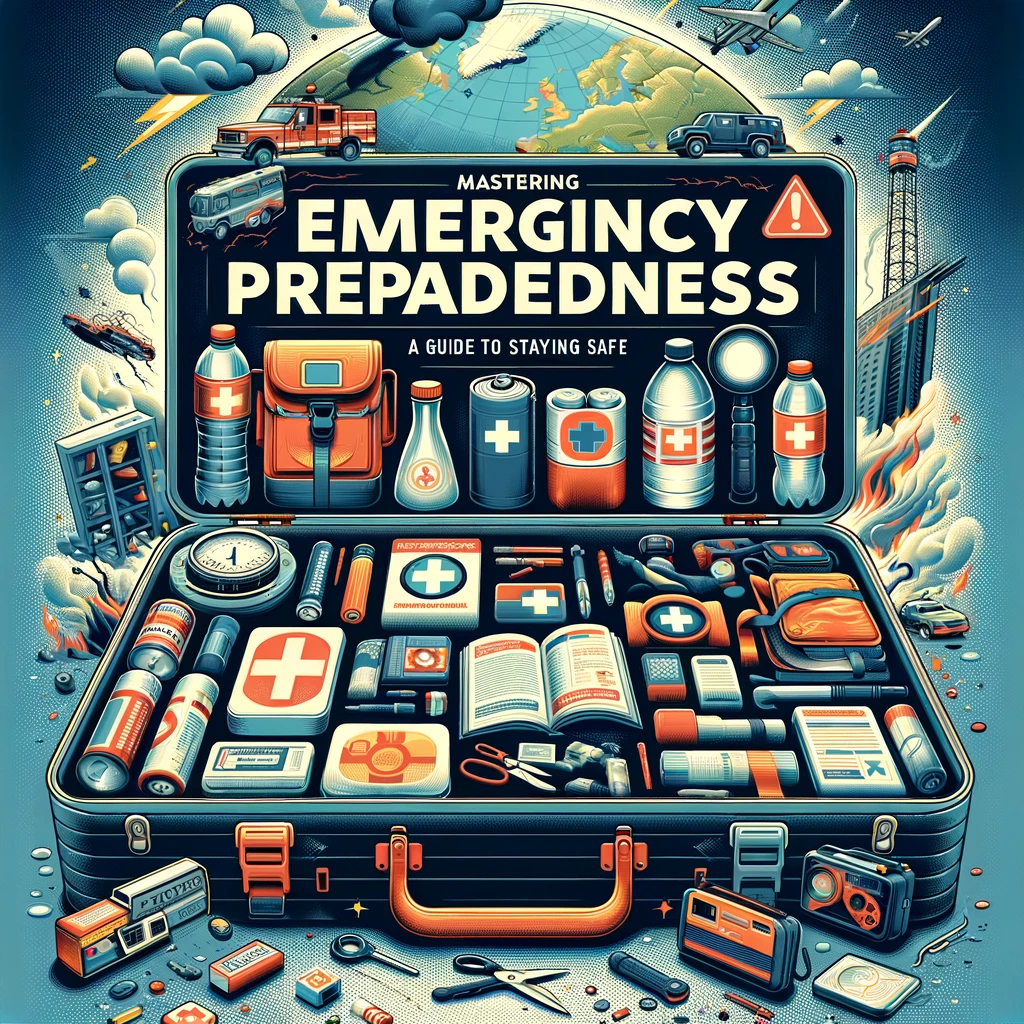In the face of unforeseen disasters, being prepared is not just an option—it’s a necessity. The essence of emergency preparedness lies in the ability to remain calm, informed, and ready to act when unexpected situations arise. Whether it’s a natural disaster, a power outage, or a medical emergency, the right preparation can make a significant difference in the outcome. This article serves as a comprehensive guide, offering you practical tips and insights into how to best prepare for emergencies. By the end of this read, you will be equipped with the knowledge and tools to safeguard yourself and your loved ones against potential threats.
Understanding Emergency Preparedness
Emergency preparedness encompasses the steps and measures taken to ensure safety and survival during and after a disaster. It involves planning, obtaining necessary supplies, and staying informed about potential risks in your area.
The Importance of Being Prepared
No one can predict when or where an emergency will occur, making preparedness crucial. Being well-prepared can reduce fear, anxiety, and losses that accompany disasters. It empowers you and your family to act swiftly and efficiently, potentially saving lives.
Key Components of Emergency Preparedness
Creating a Disaster Plan
Every family or individual should have a disaster plan. This plan includes evacuation routes, emergency contacts, and a safe meeting place. Regularly review and practice your plan to ensure everyone knows what to do.
Emergency Supply Kits
An essential part of preparedness is having an emergency supply kit ready. This kit should include water, non-perishable food, first aid supplies, flashlights, batteries, and personal documents. Remember to check and update your kit periodically.
Staying Informed
Knowledge is power, especially in emergency situations. Stay informed about the types of disasters that could occur in your area and understand the local emergency plans. Alerts and warnings from authorities can provide crucial information during a disaster.
Practical Tips for Emergency Preparedness
- Learn Basic First Aid and CPR: Knowing how to perform first aid and CPR can be life-saving in many emergency situations.
- Secure Your Home: Make your home safer by securing heavy furniture and ensuring that you have functioning smoke detectors and fire extinguishers.
- Plan for Pets: If you have pets, include them in your emergency plans. Make sure you have supplies for them and know where you can take them if you need to evacuate.
- Document Important Information: Keep a hard copy of important documents and contact information in your emergency kit. This includes IDs, insurance policies, and medical records.
- Regularly Update Your Plan and Kit: As your family’s needs change, so should your plan and kit. Regularly review and update them to ensure they meet current needs.
Conclusion
In an unpredictable world, emergency preparedness is your first line of defense against the unforeseen. By understanding the importance of being prepared and implementing the practical tips provided, you can significantly improve your and your family’s safety in emergencies. Remember, preparedness starts with you. Taking the time to plan and prepare today can make a world of difference when disaster strikes. Stay safe, stay informed, and stay prepared.
FAQ About Emergency Preparedness
What is emergency preparedness?
Emergency preparedness refers to the proactive measures and plans put in place to ensure safety and survival during and after an emergency situation. It encompasses understanding potential risks, creating a disaster plan, assembling an emergency supply kit, and staying informed about alerts and warnings.
- Understanding potential risks
- Creating a disaster plan
- Assembling an emergency supply kit
Why is it important to have an emergency supply kit?
An emergency supply kit is vital because it provides the necessary items to survive during and after a disaster when access to everyday necessities might be cut off. This kit should include water, food, first aid supplies, and other essentials.
- Provides necessary survival items
- Ensures access to necessities when normal access is disrupted
- Includes water, food, first aid supplies, and other essentials
How often should I update my disaster plan and emergency supply kit?
You should review and update your disaster plan and emergency supply kit at least once a year or whenever significant changes occur in your family structure, contact information, or living situation. Regular updates ensure that your preparedness measures remain effective and relevant.
- At least once a year
- When significant changes occur
- To ensure measures remain effective
What should be included in a basic first aid kit for emergencies?
A basic first aid kit for emergencies should include items such as bandages, antiseptic wipes, adhesive tape, scissors, tweezers, sterile gauze, a thermometer, pain relievers, and any necessary prescription medications.
- Bandages and antiseptic wipes
- Scissors, tweezers, and sterile gauze
- Thermometer, pain relievers, and prescription medications
How can I stay informed about potential emergencies in my area?
Staying informed about potential emergencies can be achieved by signing up for local alerts and warnings, monitoring weather forecasts, and understanding the emergency plans of your community. These sources provide valuable information that can help you respond appropriately during a disaster.
- Sign up for local alerts and warnings
- Monitor weather forecasts
- Understand community emergency plans

